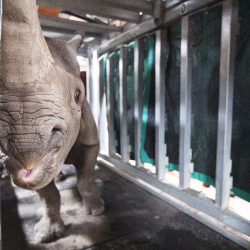The MSU College of Veterinary Medicine partners with veterinarians in Japan to promote animal health and food safety.
By Dr. Jen Roberts
Since 2009, veterinarians from the Japanese government’s agricultural insurance program have come to MSU for an intensive three-week course on dairy production medicine. The course, offered through the College of Veterinary Medicine’s Department of Large Animal Clinical Sciences, incorporates classroom sessions on herd health topics with farm visits and hands-on laboratory experiences.
To better understand the Japanese agricultural system and the needs of their producers and veterinarians, a group of faculty members from the College traveled to Japan from May 14–19. Dr. Dan Grooms, Dr. Nanda Joshi, Dr. Lou Neuder, Dr. Tim Montgomery, and I met with veterinarians and veterinary educators, held continuing education workshops, and toured Japanese farms.
Days 1 and 2

Our destination was the Tokachi District, located in Hokkaido, Japan’s second-largest island and a center of the country’s dairy and beef production. More than 50% of Japan’s milk is produced on Hokkaido, and 15% of the nation’s cattle and horses are found in the Tokachi District.
The Tokachi District is home to the Obihiro University of Agriculture and Veterinary Medicine, which is attended by many of the veterinarians from the government’s agricultural insurance program, NOSAI. We would be holding the workshops at the NOSAI headquarters outside Obihiro.
Day 3
We began our first full day in Japan by meeting our translator for the veterinarian workshops. Before the visit, NOSAI veterinarians chose topics for two workshops: mastitis and reproduction in dairy cows. The workshops were well-attended, with about 25–30 local veterinarians at the first workshop, which was on mastitis.
Day 4
On the second day, we began with a morning visit to the Obihiro University of Agriculture and Veterinary Medicine and a meeting with the university president, Dr. Kiyoshi Okuda. The MSU team presented on reproductive medicine in dairy cows and closed the day with a reunion dinner.
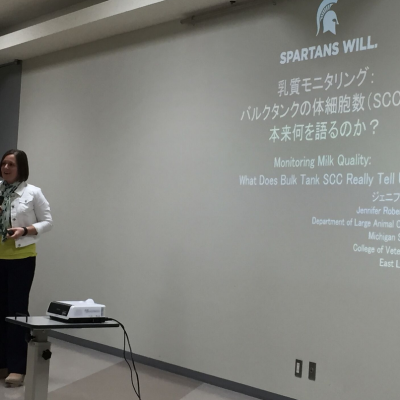
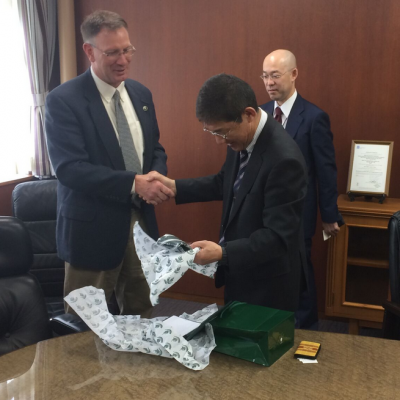
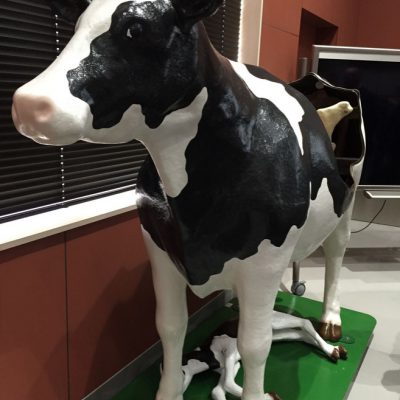
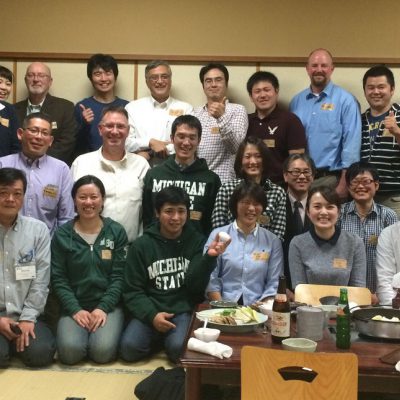
Day 5
This was our last full day in Japan and the day of our farm tours, where we would get a first-hand look at functioning farms and meet dairy farmers. We woke to sunny, clear skies and our first view of the Hidaka mountains in the distance.
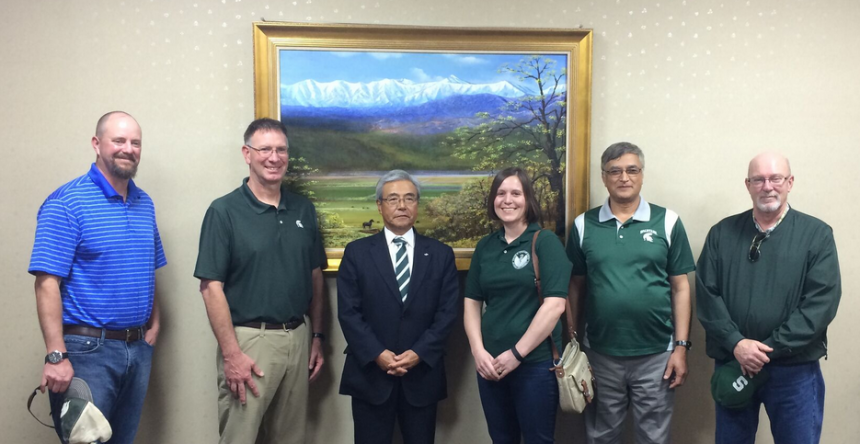
Our first stop was the local TMR center. TMR—Total Mixed Ration—is a way of feeding a complete diet to high-producing, indoor-housed dairy cows to ensure they receive the best nutrition. Across Hokkaido, dairy farmers are beginning to work together to launch TMRs, which improve the nutrition of their cows and increase production efficiency.
The equipment required for a TMR center is expensive and often too costly for individual small producers. We visited a TMR center launched by ten dairy farmers. Each of the 10 farms contributes forages, such as timothy hay and corn. The forages are harvested, stored, and combined at the TMR center. We were really impressed by the concept of this center and the forward thinking of these 10 producers who saw an opportunity to improve the nutrition of their dairy herds by working together to achieve a common goal.
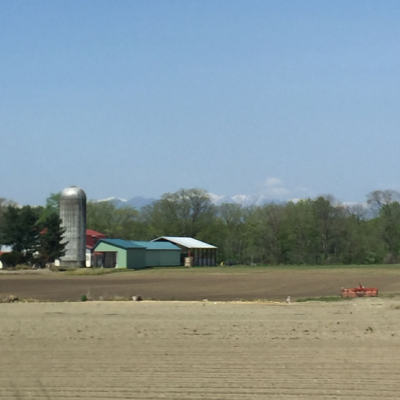

Our last stop of the day was at Comunistar Farm. This farm is owner-operated by a husband and wife team. They milk 60 Holstein cows using a robotic milking system. Robotic milking systems allow the cows to enter the parlor for milking at any time. Some cows that are producing a lot of milk may make four or more trips to the robot per day.
The robotic system also decreases the labor associated with the milking process, allowing the farmer to spend more time monitoring the health and well-being of the cows. The milking system used on this farm in Japan is the same system used for the pasture-based dairy at MSU’s Kellogg Biological Station.
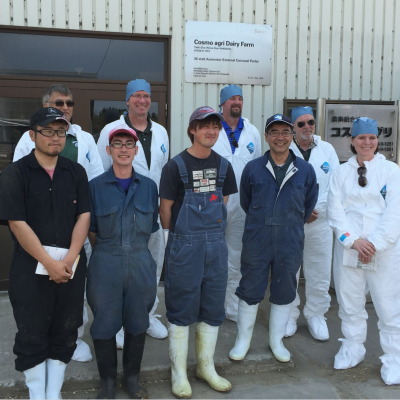
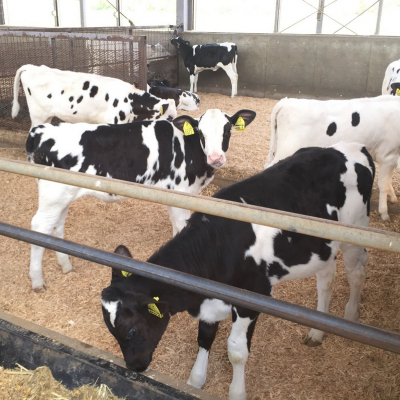
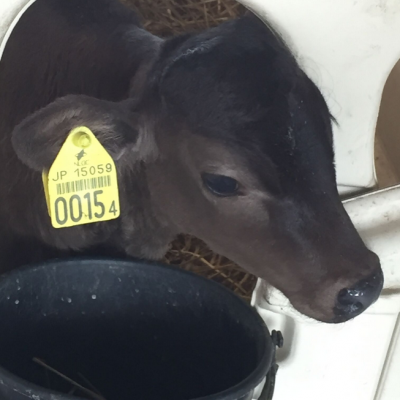
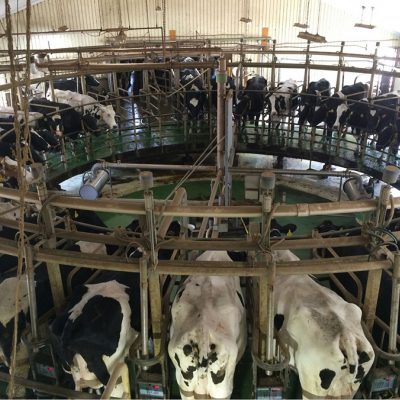
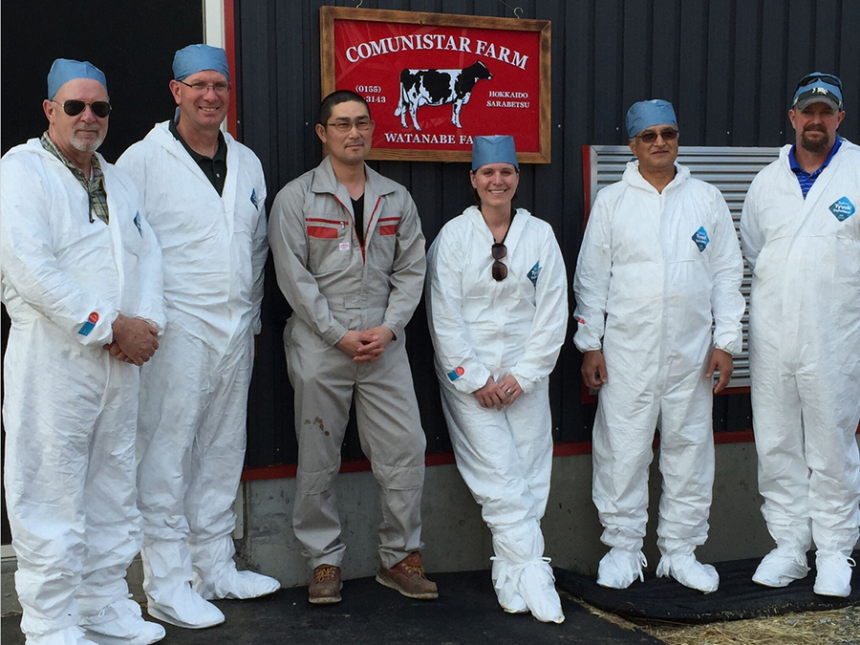
Day 6
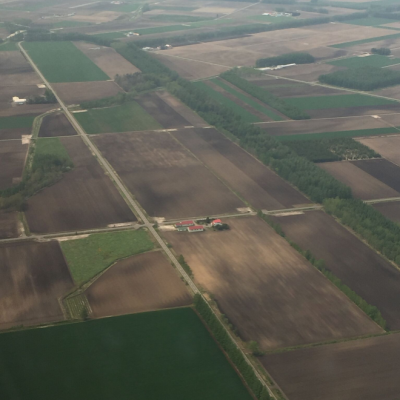
Our last view of the farm fields of the Tokachi Plains was from the plane, as we departed, bound for Tokyo and our connecting flight home. The trip was a great experience for our group. Many of the challenges and opportunities faced by farmers and veterinarians transcend borders. We are looking forward to seeing our NOSAI colleagues at MSU in the fall and to continuing this longstanding relationship.
We thank our hosts, who were incredibly welcoming and hospitable—and brought us green tea Kit Kats, our favorite Japanese candy.


